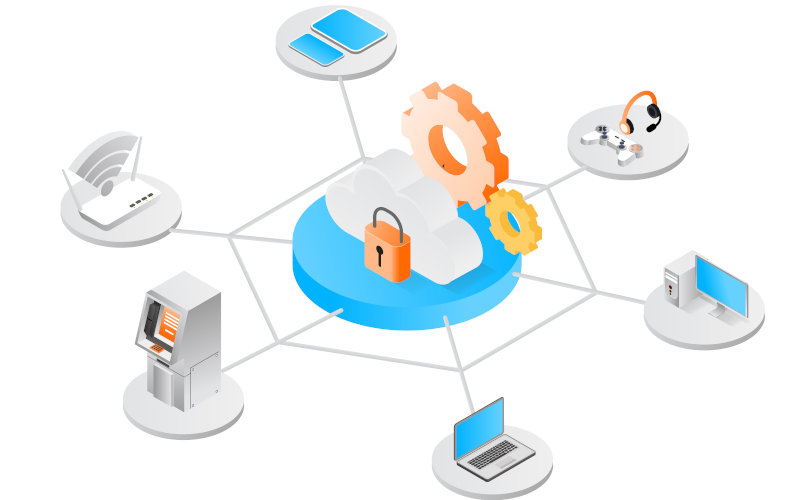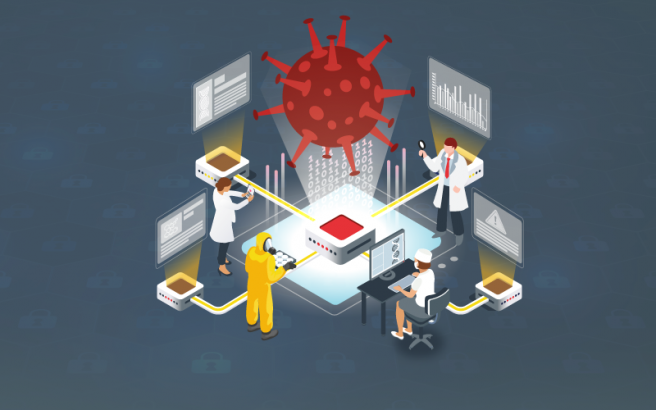Improve your systems thanks to virtual PLCs
Posted on 29/06/2023, by
INCIBE (INCIBE)

In recent years, the constant technological evolution has made possible a large number of advances that would have been unthinkable years ago. In industrial environments, one of the latest developments that promises to stand out and is here to stay are virtual PLC.The virtualization of these controllers will make it possible to decouple the hardware from the software, i.e. the software will be installed in the engineering stations, while the hardware will remain in another area outside the production area.














